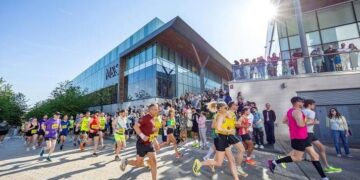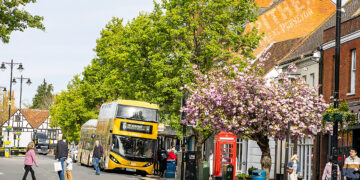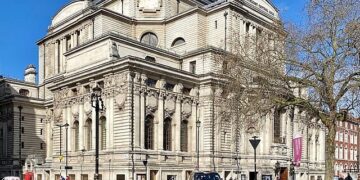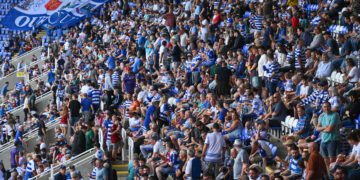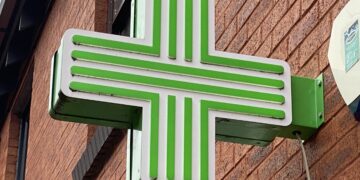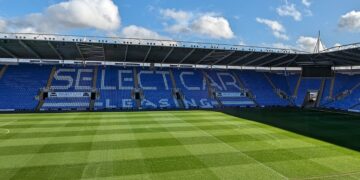READING Borough Council (RBC) has launched a new bid to concrete over a natural beauty spot, just weeks after Wokingham Borough Council’s planning committee turned down plans to build a massive single track bridge over the River Thames’ historic Kennetmouth area.
On Wednesday, July 11, Reading’s council announced that it was to submit a new planning application this autumn to resurrect the controversial scheme. It will link a 277-space park and ride car park with the Vastern Road end of Reading’s railway station.
It is calling it an MRT (Mass Rapid Transit scheme), although at the Wokingham Borough Council planning committee meeting that voted the scheme down, Bulmershe and Whitegates councillor Andy Croy said that the scheme, which would be in his ward, was not a Mass Rapid Transport scheme: “An MRT is, typically, a light railway moving large volumes of people.”
Instead, the plans link a new 277-space park and ride car park with the Vastern Road end of Reading’s railway station rather than the town centre.
Although it would be two lanes for the road part of the scheme, as it goes over the River Thames it would be a single lane bridge.
Had it been approved, the bridge would have been 316 metres long, supported by concrete columns, steel beams and a reinforced soil embankment.
In a statement released earlier this week, Councillor Tony Page, Reading Borough Council’s Lead Member for Strategic Environment, Planning and Transport, said: “Wokingham’s decision last month does not change the fact that this is a joint public transport scheme which has the potential to offer major benefits to people who regularly commute between Wokingham and Reading.
“With many thousands of new homes planned in the Wokingham and Bracknell areas over the next few years, alongside developments in Reading Town Centre, we simply cannot ignore the huge impact it will have on a limited road network which is already at capacity due to the huge demands on it. The only solution is to offer people realistic, easy and sustainable travel options which will help to manage future demands on Reading’s roads, including managing levels of congestion and air quality.
“Council officers are now working on a new planning application which will take into account comments at Wokingham’s planning committee. This will see further amendments to the original scheme after it was updated earlier this year to include a net increase in biodiversity, a net increase in flood storage capacity and the greater retention of trees. At this stage the new application is expected to be submitted in the autumn, with another period of public consultation, before it goes before both Wokingham’s and Reading’s Planning Committees in the spring.”
But campaigners against the route, Save Our Ancient Riverside (SOAR), said: “Reading Council’s decision to throw good money after bad by squandering further sums of public money on the MRT will be hugely disappointing for the thousands of people opposed to this reckless and nonsensical scheme.
“Wokingham Council rejected the application because of the irrevocable devastation the scheme would cause for so little – if any – benefit, and there’s no way a slightly modified variation on the same scheme can address WBC’s fundamental reasons for rejecting the proposal.
“Clearly RBC think they can use the opportunity of presenting a revised scheme to buy themselves time in which to twist the arms of Wokingham’s Conservative councillors behind closed doors.
“It’s a painfully transparent and cynical move.
“We will redouble our efforts to fight Reading Council all the way and ensure Wokingham’s decision sticks.”
Reading Borough Council noted on its press statement: “The proposed East Reading MRT scheme is being promoted by Reading Borough Council, Wokingham Borough Council and Thames Valley Berkshire Local Enterprise Partnership (LEP), with capital funding allocated through the LEP’s Growth Deal.
“This is external funding that the Council has successfully bid for and which cannot be used to fund other Council services.”

